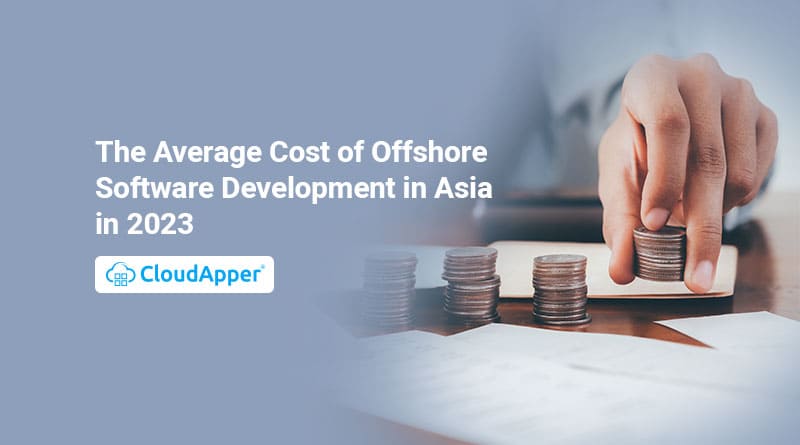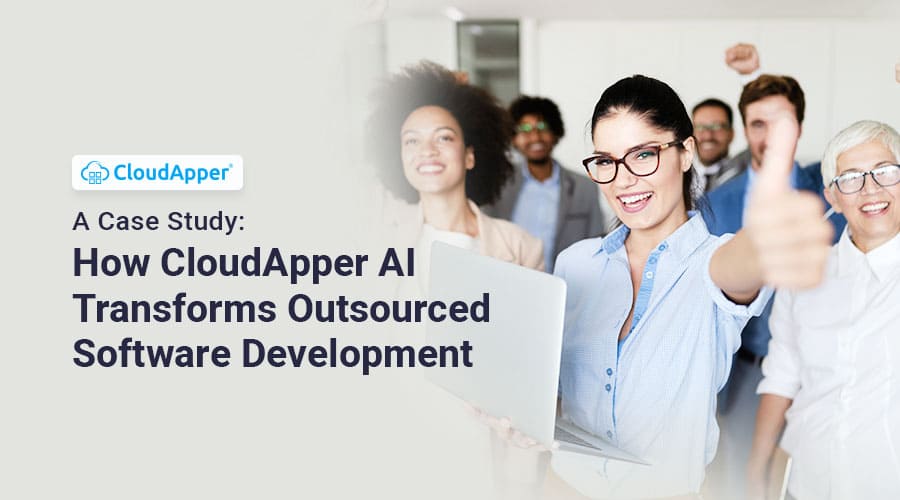Table of Contents
In today’s digital age, outsourcing software development has become common for many businesses. Offshoring software development to an overseas team can help save costs and access global talent pools. However, the average cost of software development services greatly varies from country to country. In addition, product development costs can change depending on a tech stack, developer seniority, hiring model, and the platform used to hire offshore developers.
The current situation in the IT Hiring Market in 2023
According to a recent study, US-based companies prefer to hire senior software engineers. Junior or middle positions are rarely available due to the need for strong leadership and limited resources. This trend is also observed in Western Europe, where many businesses are concentrated. Huge demand and limited supply of senior engineers in these regions lead to higher salaries and intense rivalry for available resources. While large enterprises can afford to pay the highest prices and win this competition, most smaller companies must look for talent in countries with lower living costs. This is how Eastern Europe, Latin America, Asia, and Africa became known as regions for offshore software development.
Offshore Software Development Rates in Asia in 2023
Asia is a pioneer of software outsourcing and boasts the largest number of offshore software developers compared to other regions. China, in particular, is an attractive offshore development destination. Chinese developers are the first across all HackerRank challenges, and the government supports the tech sector by offering economic incentives. For example, the Haidian Park Entrepreneurship Service Center includes over 200 national high-tech enterprises.
The Philippines is also a fast-growing IT industry with over 200 offshore companies and 95,000 tech positions to fill. The country ranks 59th among the top digital nations in the Global Innovation Index 2022, with the capital Manila being the world’s second super city.
Offshore Software Development Rates in Other Asian Countries in 2023
Offshore software developers’ salaries have reached new levels due to the high demand for software development services caused by accelerated tech transformation in the pandemic-related digital era. Finding an engineer with an appropriate tech stack and 5-8 years of work is becoming harder, leading to rising salaries in offshore software development.
Here are the 2023 outsourcing rates in other Asian countries:
| Country | Average software development hourly rate | Ease of doing business, out of 100 | Political stability, from -2.5 to +2.5 |
| Bangladesh | $28 | 45 | -1.0 |
| China | $29 | 77.9 | -0.5 |
| India | $29 | 71 | -0.6 |
| Malaysia | $33 | 81.5 | 0.1 |
| Nepal | $28 | 63.2 | -0.2 |
| Pakistan | $25 | 61 | -1.7 |
| Philippines | $28 | 62.8 | -0.9 |
| Sri Lanka | $28 | 61.8 | -0.3 |
| Region’s average | $28 | 65.5 | -0.5 |
Source: youteam.io
Common Problems in Offshore Software Development in Asia
Software Quality
Software quality is one of the most common problems encountered in offshore software development in Asia. Differences in work culture, quality standards, and communication barriers can lead to poor software quality. Developers in Asia may not understand the specific requirements and standards of businesses based in other countries. This can result in software not meeting the required quality standards, leading to delays and additional costs.
Communication Breakdowns
Communication breakdowns are another common problem encountered in offshore software development in Asia. This can result in delays, misunderstandings, and software not meeting the required standards. Language barriers, cultural differences, and time zone differences can contribute to communication breakdowns.
Hidden Costs Due to Loopholes in Contracts
Hidden costs due to contract loopholes are a common problem in offshore software development in Asia. This can result in additional costs that businesses may not have planned for. Contract loopholes can include an unclear scope of work, undefined milestones, and unexpected charges for additional services.
Delays and Inaccurate Delivery
Delays and inaccurate delivery are common problems in offshore software development in Asia. This is due to cultural differences, communication barriers, and misunderstandings. Offshore software development teams may not clearly understand the business requirements and may be unable to deliver software that meets the required quality standards.
Security Threats
Security threats are a common problem in offshore software development in Asia. This is due to differences in security standards and the risk of exposing sensitive information to unauthorized personnel. Offshore software development teams may not have the same security standards as businesses based in other countries, which can lead to vulnerabilities in the software.
CloudApper AI: The solution to those loopholes
While outsourcing software development to an Asian agency can be a viable option, there are also benefits to choosing an alternative solution like CloudApper AI. CloudApper AI offers an innovative and automated solution to these challenges. Its AI-powered platform enables businesses to develop high-quality software products without worrying about language barriers or time zone differences. With superior quality control and agile development methodology, companies maintain complete control over the software development process, making it easier to adapt to changing requirements. Additionally, CloudApper AI provides a platform license and turnkey DevOps service, streamlining the development process and saving time and resources. CloudApper is also a cost-effective solution to software development needs by leveraging its platform and DevOps services.
Conclusion
Offshoring software development to Asia can be cost-effective for businesses, but the average cost of software development services greatly varies from country to country. In addition, rising salaries and talent shortages in offshore software development have become prevalent due to the high demand for software development services caused by accelerated tech transformation in the pandemic-related digital era. To eliminate the risks and challenges of offshoring software development, businesses can opt for turnkey DevOps services and AI-powered platforms like CloudApper AI, which offer automated software development processes, higher quality control, and seamless communication with no language or time zone barriers. By leveraging these solutions, businesses can ensure that their software development projects are delivered on time, within budget, and meet the highest quality standards. As technology continues to evolve, it is crucial for businesses to adopt innovative solutions that can keep up with the fast pace of digital transformation and provide them with a competitive edge in their respective industries.
What is CloudApper AI Platform?
CloudApper AI is an advanced platform that enables organizations to integrate AI into their existing enterprise systems effortlessly, without the need for technical expertise, costly development, or upgrading the underlying infrastructure. By transforming legacy systems into AI-capable solutions, CloudApper allows companies to harness the power of Generative AI quickly and efficiently. This approach has been successfully implemented with leading systems like UKG, Workday, Oracle, Paradox, Amazon AWS Bedrock and can be applied across various industries, helping businesses enhance productivity, automate processes, and gain deeper insights without the usual complexities. With CloudApper AI, you can start experiencing the transformative benefits of AI today. Learn More


























